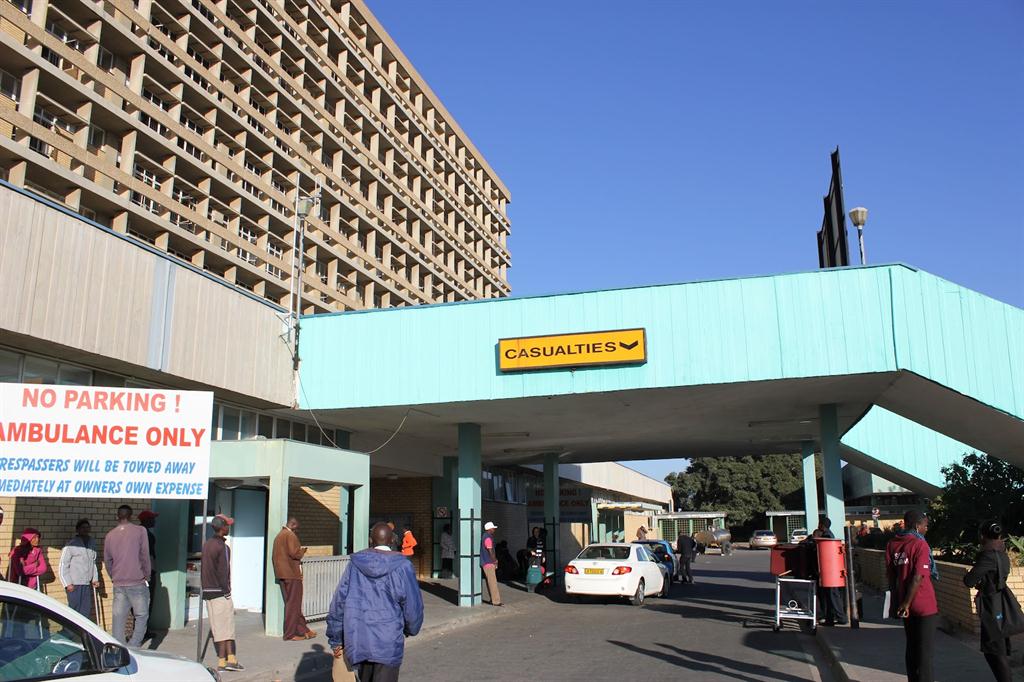Namibia’s health system: 30 years later
Four hospitals built since independence
At the moment, Namibia has about 30 district hospitals, 43 health centres, 279 clinics, one national referral hospital – Windhoek Central - and three intermediate hospitals.
Namibia’s independence regime inherited good health infrastructure, however, 30 years later, it has turned into a tale of misery laced with devastating shortages of critical health equipment, staff and chronic medication. Ministry of health executive director Ben Nangombe confirmed that only four hospitals have been constructed since the country gained independence.
At the moment, Namibia has about 30 district hospitals, 43 health centres, 279 clinics, one national referral hospital – Windhoek Central - and three intermediate hospitals.
“There have been several improvements to service delivery since 1990, including the provision of more clinics and hospitals and introduction of new services, such as cardiac services in referral hospitals and nuclear medicine capabilities in the north. The ministry has constructed 64 clinics, six health centres and four district hospitals since 1990. Government has, however, continued to upgrade and renovate the existing facilities in order for them to be responsive to the needs of the population.
“The maintenance of these facilities are, however, challenging, taking into account the lifespan,” health ministry spokesperson Walter Kamaya said.
Falling apart
Meanwhile, a report by the Parliamentary Standing Committee on Health found that hospitals around the country are dilapidated, with cracked walls, peeling paint and ceilings falling in, posing a grave danger to patients.
The report highlighted that some hospitals - such as at Onandjoke, which is one of the oldest in the country - are literally falling apart and are in need of urgent intervention. This while the Outapi hospital and Okalongo health centre are bursting at the seams with an influx of Angolan patients.
“Maternity wards at some hospitals, such as the Outapi district hospital, have admitted more patients than the bed capacity allows, thus at times, patients were accommodated on floors and in corridors. The construction of the maternity ward at Onandjoke Intermediate Hospital came to an abrupt standstill in 2016,” it noted.
Currently, the Onandjokwe hospital has five neonatal intensive care unit (ICU) beds, but is in urgent need of 20 additional neonatal ICU beds as the hospital is currently leading in the number of deliveries per annum countrywide.
Challenges
In a response to Namibian Sun, Kamaya said they are faced with the emerging and re-emerging disease outbreaks, including Covid-19, hepatitis E, malaria and measles, while sustaining the management of communicable disease such as HIV/AIDS, malaria, tuberculosis (TB) and leprosy.
The ageing infrastructure, introduction of new methods of treatment, increasing population and urbanisation and cross-border patients make up some of the challenges they face.
The country has, however, made strides in the fight against HIV/Aids, and is now on track to achieve the 95-95-95 treatment targets.
“It was estimated that 92% of those living with HIV know their status, 99% of those who know their status are on treatment and 93% of those on treatment are virally suppressed.”
Kamaya also highlighted that the TB disease prevalence survey of 2018 confirmed Namibia's position among the top TB burden countries. This burden has, however, been on a downward trend from approximately 1 000 per 100 000 in 2009 to around 450 in 2020, translating to a 52% reduction.
“The ministry aims to meet the requirements in the prevention, diagnosis and treatment of prevailing diseases through the use of high quality, safe and cost-effective pharmaceutical products. Namibia’s essential drug list has been implemented to satisfy the healthcare needs of the population. The procurement system in the public sector is carried out by the Central Medical Stores based on the tender system. The ministry has also commenced with pooled procurement in order to reduce costs.”
Furthermore, the ministry is haunted by a critical shortage of health staff and this has led to a skewed distribution of health workers between urban and rural areas.
“A majority of doctors work in the private sector, and distribution is inequitable across service settings when considered against the background of needs and workloads. A major recommendation was to innovate and find ways to ensure private health professionals offer part-time services in public healthcare facilities,” the report read.
[email protected]



